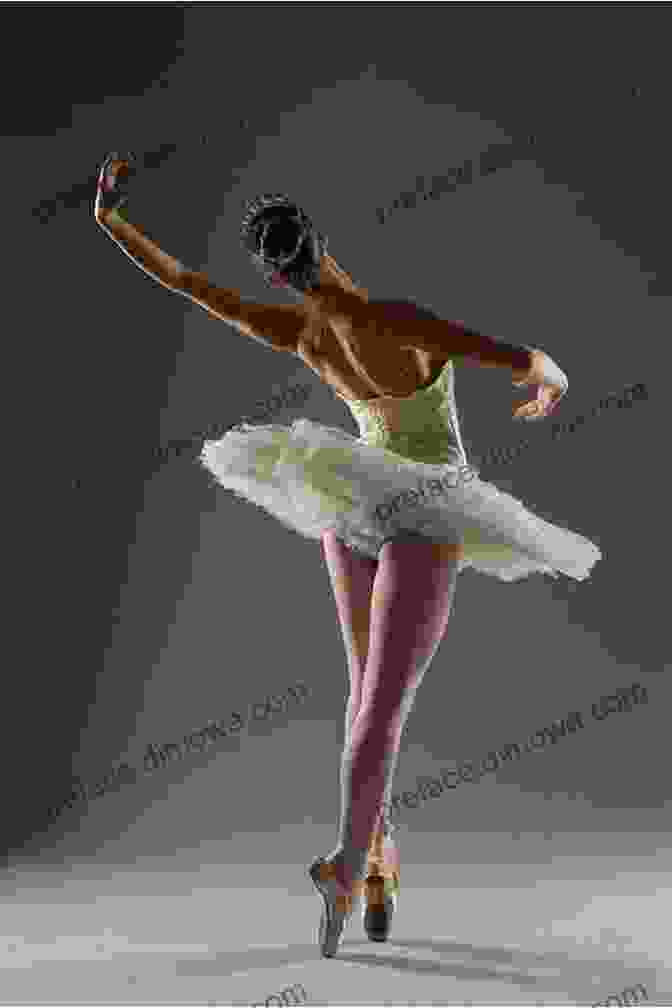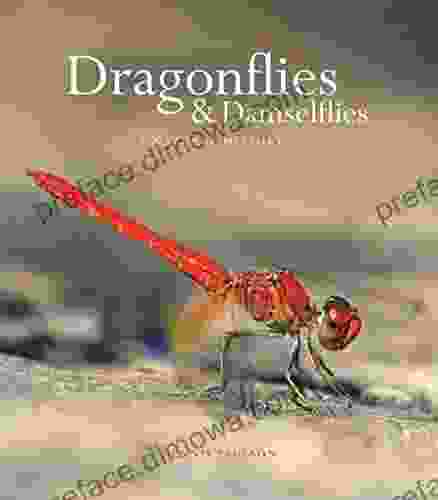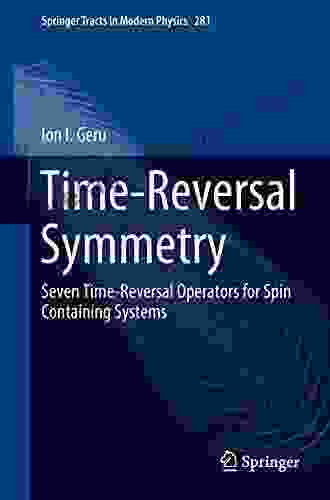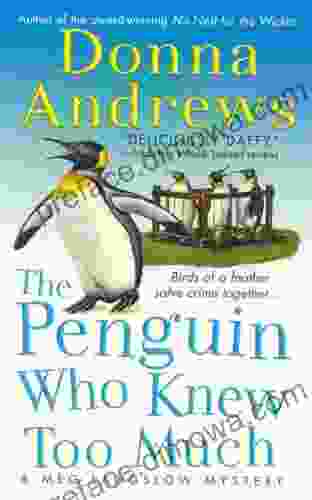Classical Revival and the Modernization of Ballet: Exploring a Resurgent Art Form


The world of ballet has witnessed a resurgence of interest in classical styles, marking a departure from the experimental and contemporary approaches that dominated the mid-20th century. This classical revival, characterized by a return to traditional techniques and aesthetic sensibilities, has significantly impacted the ballet world.
Historical Context and Influences
The classical ballet revival can be traced back to the late 20th century, fueled by a growing appreciation for the art form's historical significance and technical prowess. Ballet companies worldwide began to restage iconic works from the past, such as "Giselle" and "Swan Lake," with meticulous attention to detail and authenticity.
5 out of 5
| Language | : | English |
| File size | : | 1070 KB |
| Text-to-Speech | : | Enabled |
| Screen Reader | : | Supported |
| Enhanced typesetting | : | Enabled |
| Print length | : | 144 pages |
Influential figures like Rudolf Nureyev, a charismatic Russian dancer, played a pivotal role in popularizing classical ballet. Nureyev's exceptional technique and passionate performances captivated audiences, inspiring a renewed interest in the art form's traditional roots.
Technical Refinement and Aesthetic Revival
The classical ballet revival has brought about a renewed focus on technical refinement and aesthetic purity. Dancers are now trained to execute the highly codified steps with precision and elegance, emphasizing the grace and flow that have become synonymous with ballet.
Costuming and staging have also undergone a revivalist approach. Designers have recreated historically accurate costumes, while sets and lighting evoke the opulence and grandeur of the Romantic and Classical periods.
Impact on Repertoire and Performances
The classical ballet revival has led to an expansion of the repertoire, with companies incorporating a wider range of classical works into their performances. Productions often strive to capture the essence of the original choreography, preserving the historical context and artistic vision of the past.
In addition to traditional full-length ballets, short classical works known as "pas de deux" or "variations" have gained popularity. These vignettes allow dancers to showcase their technical prowess and artistry in a condensed and captivating format.
Educational Initiatives and Outreach
The classical ballet revival has extended beyond the stage, influencing educational initiatives and outreach programs. Ballet schools and academies have emphasized the importance of classical technique, providing students with a strong foundation in the art form's fundamental principles.
Companies have also engaged in community outreach, offering classes and workshops to introduce the public to classical ballet and its enduring appeal.
Challenges and Controversies
While the classical ballet revival has been met with widespread acclaim, it has also faced some challenges and controversies. Some critics argue that the focus on tradition and authenticity stifles creativity and innovation. Others express concerns about the lack of diversity in classical ballet, which historically has been dominated by white dancers.
Despite these challenges, the classical ballet revival remains a vibrant and evolving force in the dance world. Companies are continually seeking ways to balance tradition with innovation while striving to make ballet accessible to a wider audience.
Modernization in Classical Ballet
While the classical ballet revival has emphasized tradition and authenticity, it has also incorporated elements of modernization. Choreographers have subtly adapted classical works to suit contemporary sensibilities, updating the storytelling and incorporating new artistic perspectives.
The use of new technologies, such as projections and lighting effects, has further enhanced the visual impact of classical ballet performances, creating immersive and imaginative worlds for audiences to experience.
The Future of Classical Ballet
The classical ballet revival has undoubtedly reshaped the landscape of ballet, but its future remains open to interpretation. As new generations of dancers and choreographers emerge, it will be fascinating to witness how classical ballet continues to evolve while preserving its enduring legacy.
One key challenge for the future of classical ballet will be to address the issue of diversity and inclusion. By embracing dancers from different backgrounds and experiences, ballet companies can create a more representative and inclusive art form that reflects the changing demographics of our society.
The classical ballet revival has been a significant force in the dance world, sparking renewed interest in the art form's traditional techniques and aesthetic sensibilities. By combining historical authenticity with elements of modernization, classical ballet has adapted to contemporary tastes while preserving its timeless beauty and artistry. As the art form continues to evolve, it is poised to remain a captivating and transformative experience for audiences around the globe.
5 out of 5
| Language | : | English |
| File size | : | 1070 KB |
| Text-to-Speech | : | Enabled |
| Screen Reader | : | Supported |
| Enhanced typesetting | : | Enabled |
| Print length | : | 144 pages |
Do you want to contribute by writing guest posts on this blog?
Please contact us and send us a resume of previous articles that you have written.
 Book
Book Novel
Novel Page
Page Chapter
Chapter Text
Text Story
Story Genre
Genre Reader
Reader Library
Library Paperback
Paperback E-book
E-book Magazine
Magazine Newspaper
Newspaper Paragraph
Paragraph Sentence
Sentence Bookmark
Bookmark Shelf
Shelf Glossary
Glossary Bibliography
Bibliography Foreword
Foreword Preface
Preface Synopsis
Synopsis Annotation
Annotation Footnote
Footnote Manuscript
Manuscript Scroll
Scroll Codex
Codex Tome
Tome Bestseller
Bestseller Classics
Classics Library card
Library card Narrative
Narrative Biography
Biography Autobiography
Autobiography Memoir
Memoir Reference
Reference Encyclopedia
Encyclopedia Donald Herman
Donald Herman Olivia Chao
Olivia Chao Dennis Lock
Dennis Lock Melissa Carosella
Melissa Carosella Denise Gilmore
Denise Gilmore Mike Huard
Mike Huard Sai Yukino
Sai Yukino Rebecca Layton
Rebecca Layton Denise Graziano
Denise Graziano Kathleen Scott
Kathleen Scott Jim Burson
Jim Burson Sanjeev Bhaskar
Sanjeev Bhaskar Marguerite Dimino Buonopane
Marguerite Dimino Buonopane Don Lessem
Don Lessem Sven Grote
Sven Grote Shanda Mccloskey
Shanda Mccloskey Donald B Freeman
Donald B Freeman Delvonne Duncombe
Delvonne Duncombe Sibongile Shezi
Sibongile Shezi Kev Reynolds
Kev Reynolds
Light bulbAdvertise smarter! Our strategic ad space ensures maximum exposure. Reserve your spot today!

 Duane KellyDragonflies and Damselflies: A Natural History's Guide to the Intricate World...
Duane KellyDragonflies and Damselflies: A Natural History's Guide to the Intricate World...
 Daniel KnightFractional Calculus and Fractional Processes with Applications to Financial...
Daniel KnightFractional Calculus and Fractional Processes with Applications to Financial...
 Oscar WildeUnlocking the Secrets of Spin: A Comprehensive Guide to "Seven Time Reversal...
Oscar WildeUnlocking the Secrets of Spin: A Comprehensive Guide to "Seven Time Reversal...
 Isaac MitchellHandbook of Laser Technology and Applications: A Voyage into the Photonics...
Isaac MitchellHandbook of Laser Technology and Applications: A Voyage into the Photonics... Dominic SimmonsFollow ·7.6k
Dominic SimmonsFollow ·7.6k Caleb LongFollow ·10.9k
Caleb LongFollow ·10.9k Harry HayesFollow ·17.2k
Harry HayesFollow ·17.2k Alvin BellFollow ·4.7k
Alvin BellFollow ·4.7k Allen GinsbergFollow ·6.1k
Allen GinsbergFollow ·6.1k Mikhail BulgakovFollow ·13.7k
Mikhail BulgakovFollow ·13.7k Jason HayesFollow ·14.6k
Jason HayesFollow ·14.6k Doug PriceFollow ·17.8k
Doug PriceFollow ·17.8k

 John Steinbeck
John SteinbeckUnveiling the Return of the Antichrist and the New World...
As darkness descends upon the...

 Kenzaburō Ōe
Kenzaburō ŌeEmbark on an Unforgettable Journey: "Something Lost...
Prepare to be captivated as you...

 Hunter Mitchell
Hunter Mitchell"The Penguin Who Knew Too Much": A Captivating Mystery on...
Prepare yourself for an...

 Jack Powell
Jack PowellMaster the Art of Staying Present and Profitable in the...
In the relentless...

 Pete Blair
Pete BlairEscape into a Tropical Paradise with "Toucan Keep Secret"
Immerse Yourself in the Vibrant World of a...
5 out of 5
| Language | : | English |
| File size | : | 1070 KB |
| Text-to-Speech | : | Enabled |
| Screen Reader | : | Supported |
| Enhanced typesetting | : | Enabled |
| Print length | : | 144 pages |






